Europe's energy crisis continues to overwhelm many in the design and infrastructure sectors even as the continent's largest economies consider an ambitious shift to renewable energies such as solar energy, geothermal energy, wind energy, and bioenergy. While solar design is a fast-moving industry that is a part of numerous up-and-coming design schemes across multiple facets, it is crucial to introduce an emphasis on the conscious utilisation of solar energy as a natural resource. The solar designers Marjan van Aubel and Pauline van Dongen have come up with the first edition of The Solar Biennale as a display and discourse on counterbalancing prevailing technological and economic viewpoints on solar energy.A solar-powered world will be discussed beyond technological inferences, concentrating on cultural practices and well-managed place-specific needs for six weeks. Displayed through multiple discussions, design installations and exhibitions, The Solar Biennale is currently being held across multiple locations in the Netherlands until October 30, 2022, with the concluding piece in the form of the Solar pavilion to be displayed at the Dutch Design Week 2022.
“A human and new perspective on solar energy is needed; away from just payback time and efficiency. With The Solar Biennale, we show that the power of design is needed to integrate solar into our environment better. We show a world in which our sun is much more central and much more explicit,” says Dongen and Aubel, co-founders of The Solar Biennale. Outlining the programme for the design fair is an immersive exhibition at the Het Nieuwe Instituut in Rotterdam ー The Energy Show. The design exhibition revolves around the sun and the possibilities for designing with it and can be viewed until March 5, 2022. Curator and designer Matylda Krzykowski, poses thought-provoking questions, “How much energy do you have and how much do you need? What would the world look like if it ran on solar energy?”
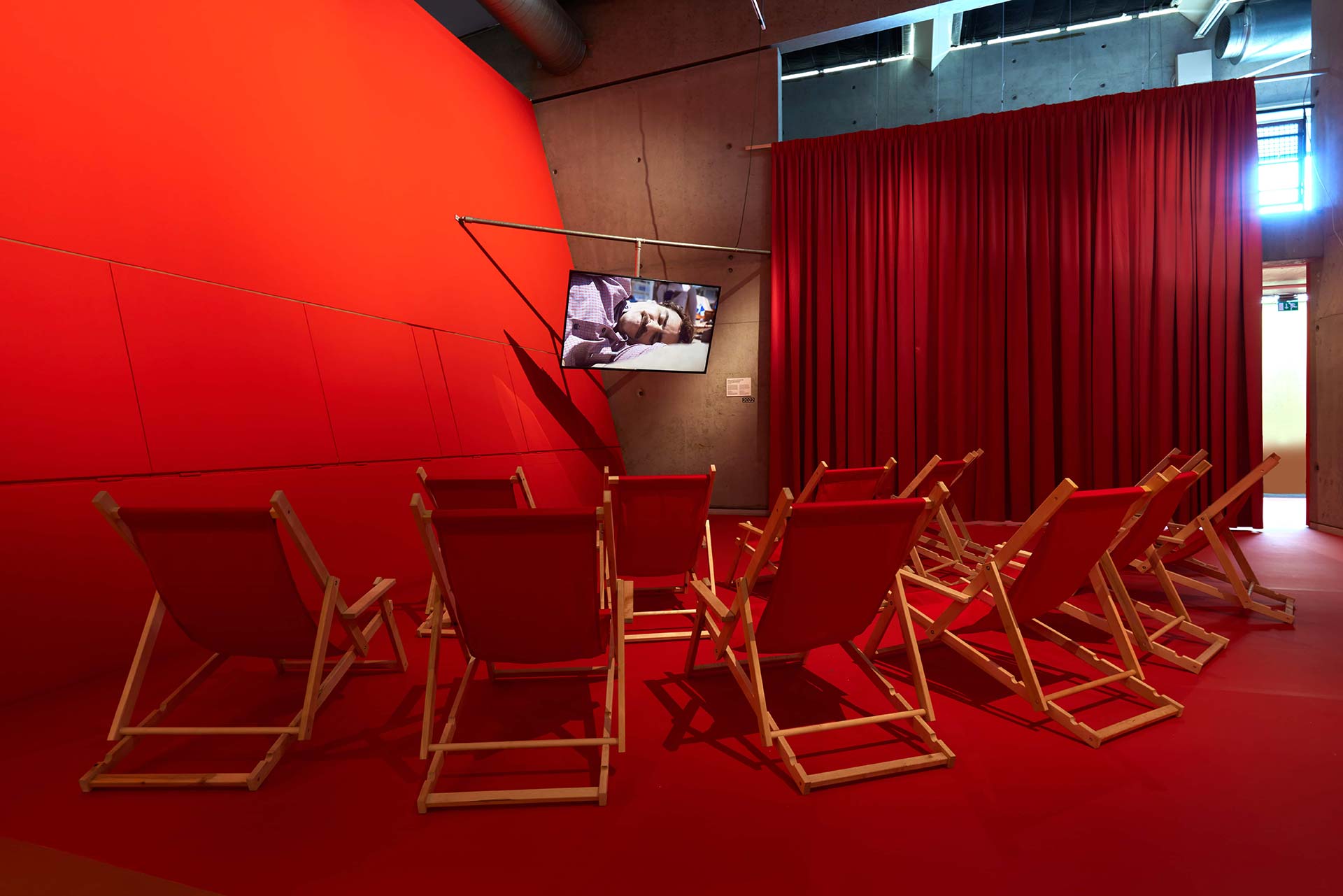
The exhibition, as part of The Solar Biennale’s series of events, sprouts the seeds of thoughts on the importance of the sun and solar energy. Presenting with the immersive exhibition are projects by artists, designers and researchers from across the world. From Mária Telkes' pioneering innovations to Michael Jantzen's experimental designs, and from Jessenvollenweider's solar-integrated architecture to the innovative concepts of design groups such as Solar Power for Artists and Solar Mamas. The exhibition will also feature the works of Aubel and Dongen, art director Mirka Laura Severa, and story designer Alice Wong.
What is compelling is that energy can be converted into a form: it changes from one form to another. Choosing to design with the sun has potential, but we also have to consider one basic question: How much energy do we really need? Among the numerous exhibits are the homeware experiments of Dutch designer Marjan van Aubel. Her 'Energy Collection' is a one-of-a-kind product design intervention that offers glassware embedded with solar cells, allowing them to collect energy from the light that surrounds them. To make it even more intriguing, the solar glasses are coupled with a customised cabinet that alters into a battery. When the glasses are stored, energy is transmitted and stored in the cabinet, allowing gadgets to be charged and powered through it. While Aubel’s adoption of solar energy to augment a self-sufficient cupboard is a homemaking evolution, Pauline van Dongen’s Solar Shirt resolves the practical problem of charging phones on the go. The shirt can generate up to 1.5 watts of power in bright sunlight, which can be consumed immediately or stored in a battery later.An outlet conveniently located in the breast pocket can be used to charge cell phones and other portable USB devices.
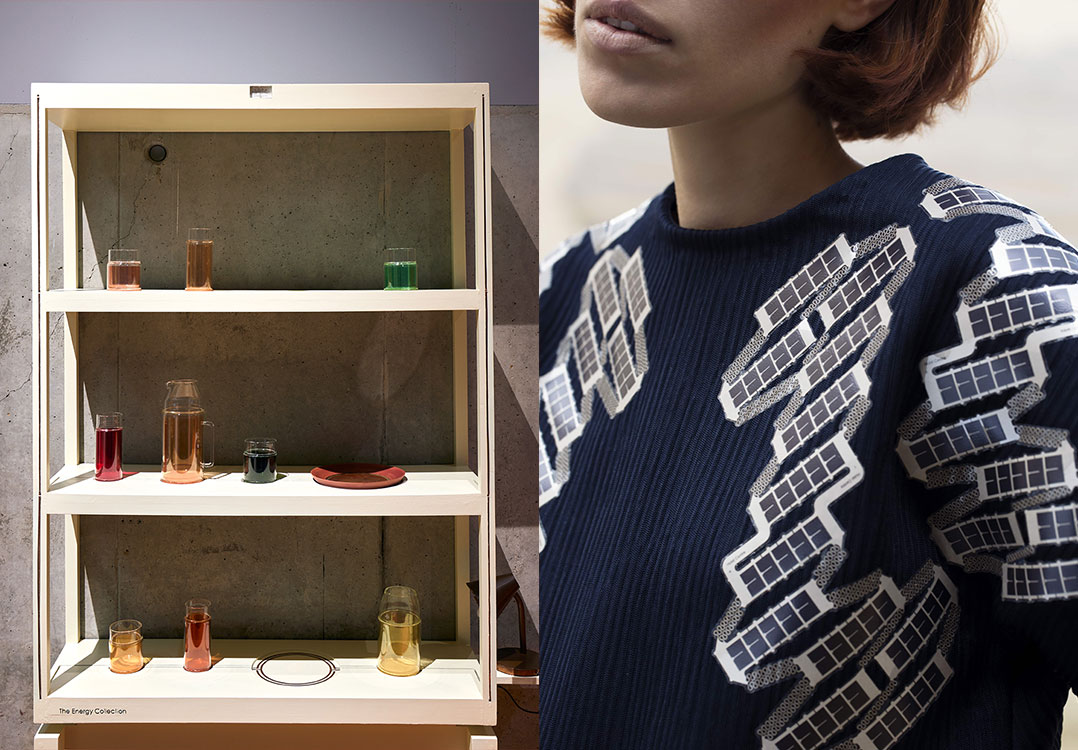
The immersive exhibition, with many more exhibits including the solar view staring art, the solar cooker, a solar suitcase, the energy room and even an energy think box; interprets a futuristic approach towards conscious designing. Het Nieuwe Instituut as part of The Solar Biennale helps in creating more awareness of the role and importance of sociocultural practices and design interventions particularly centred around solar energy, its conscious exhaustion and the creation of a sustainable future.






 Sign in with email
Sign in with email


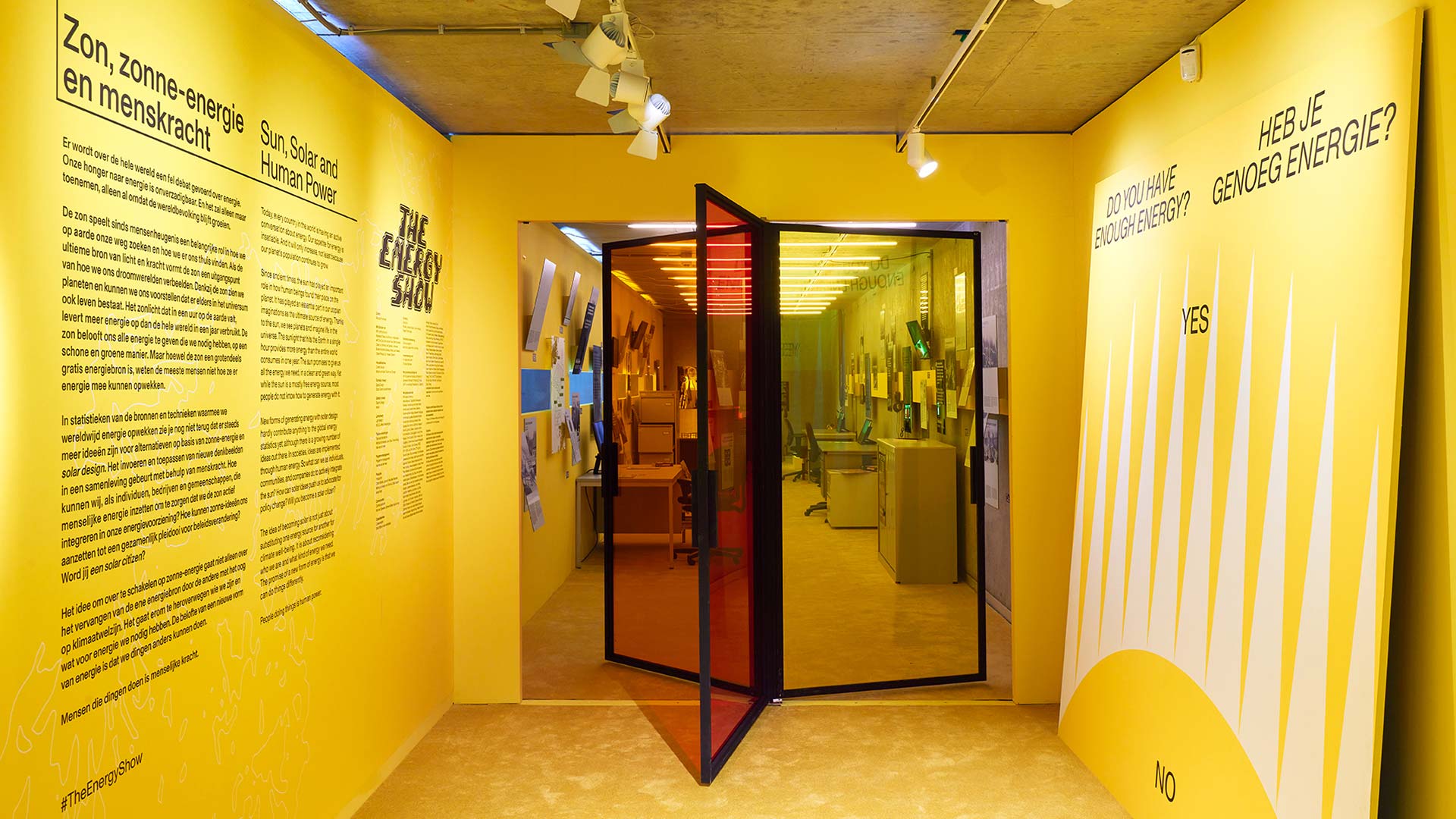
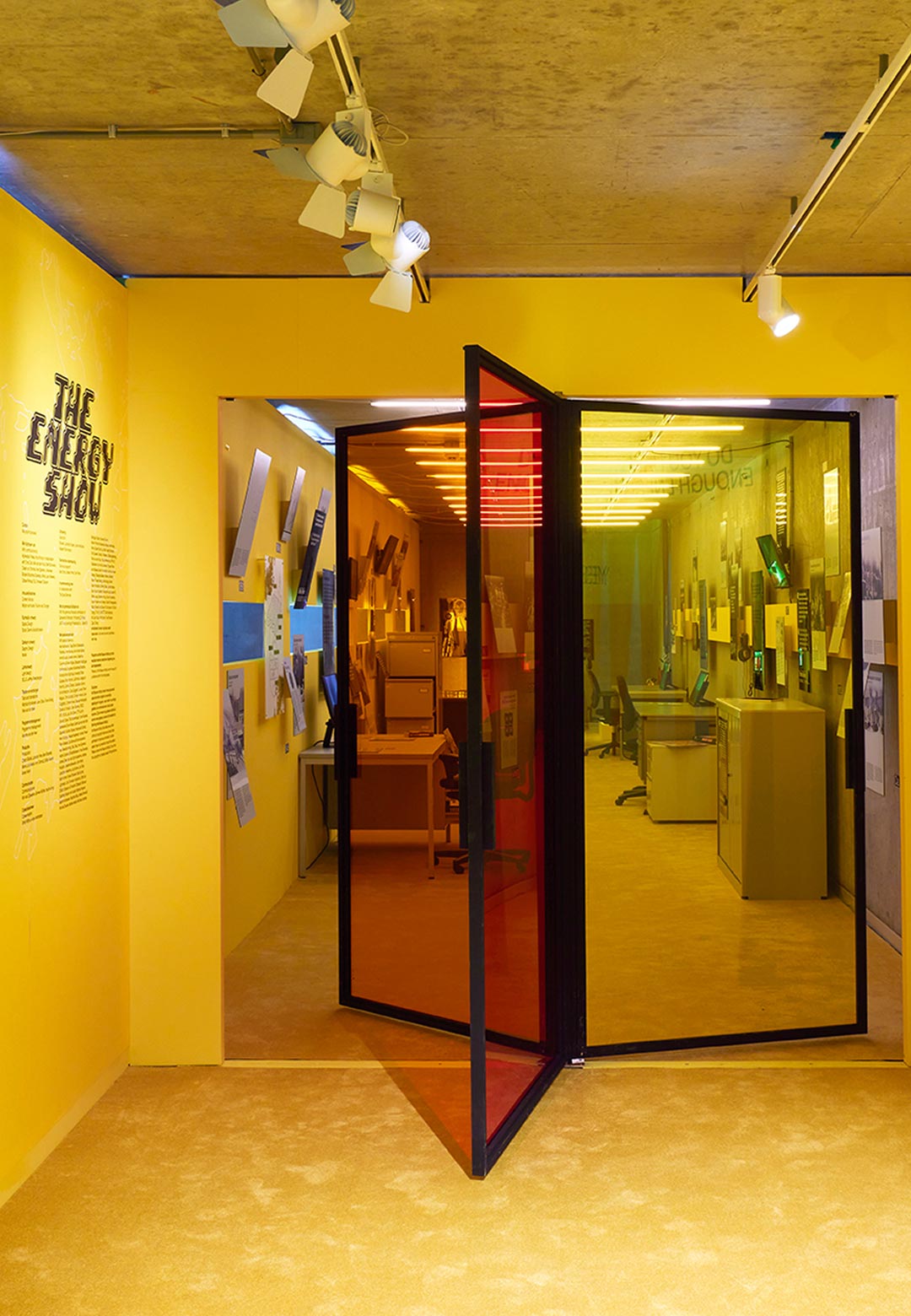
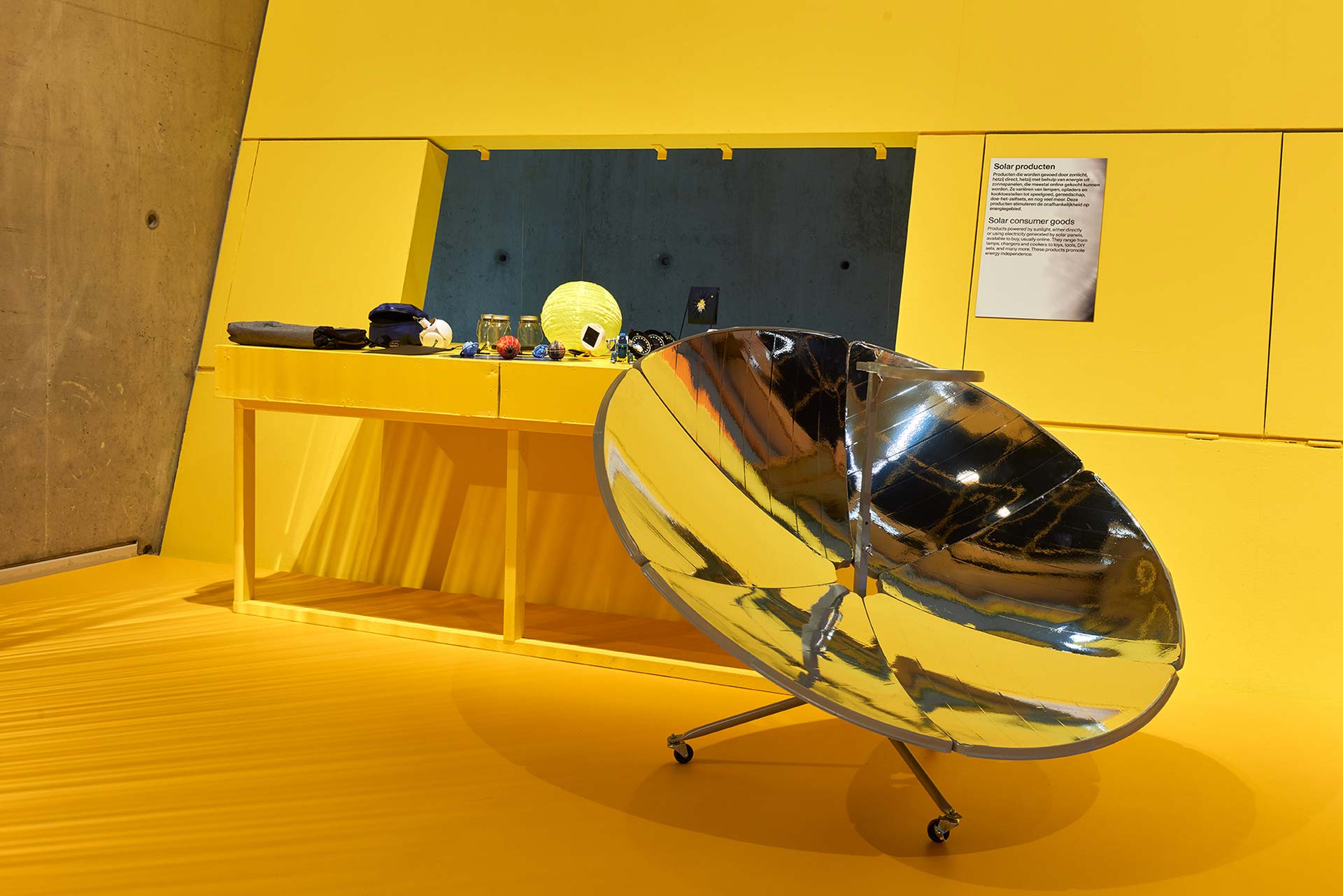
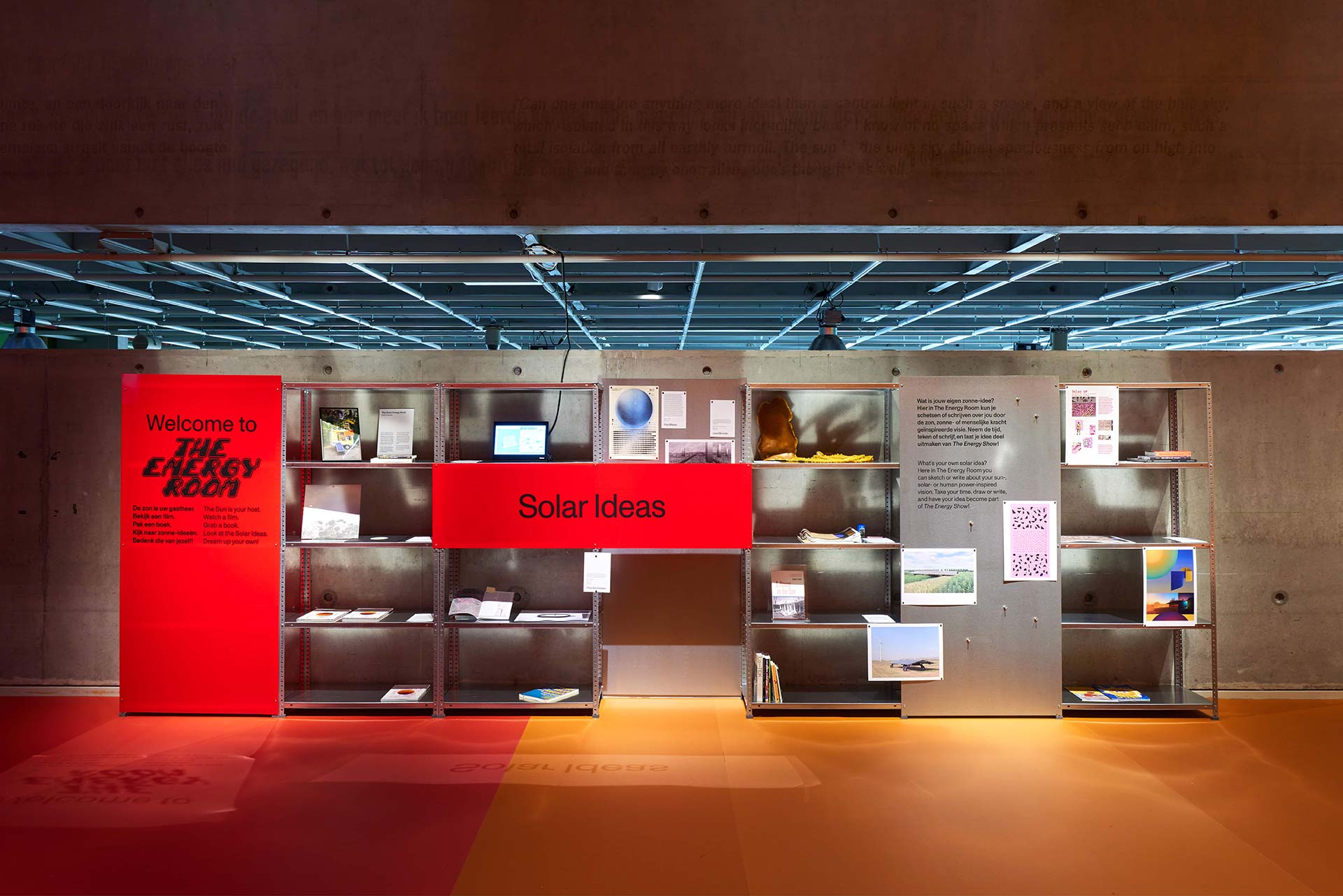
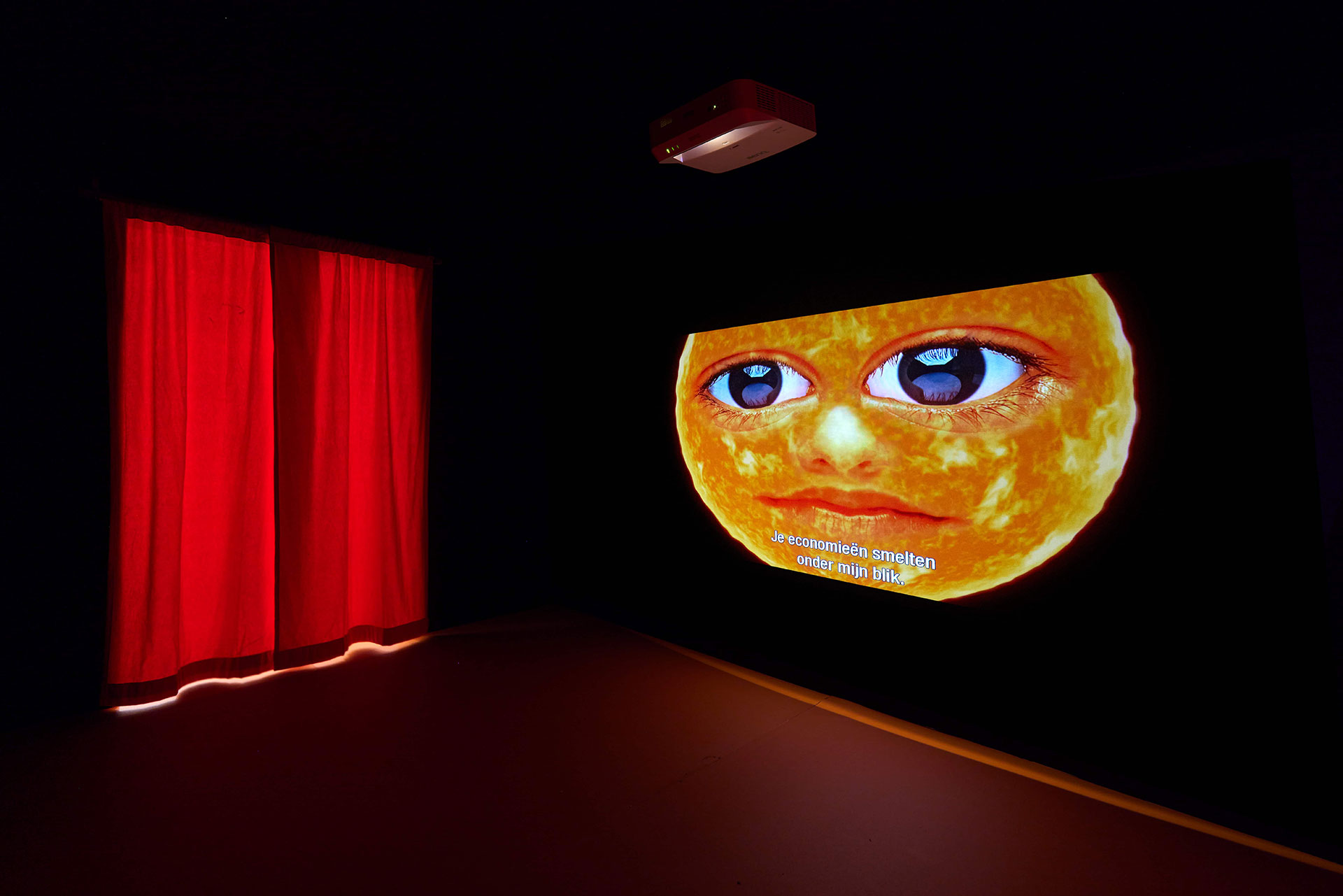
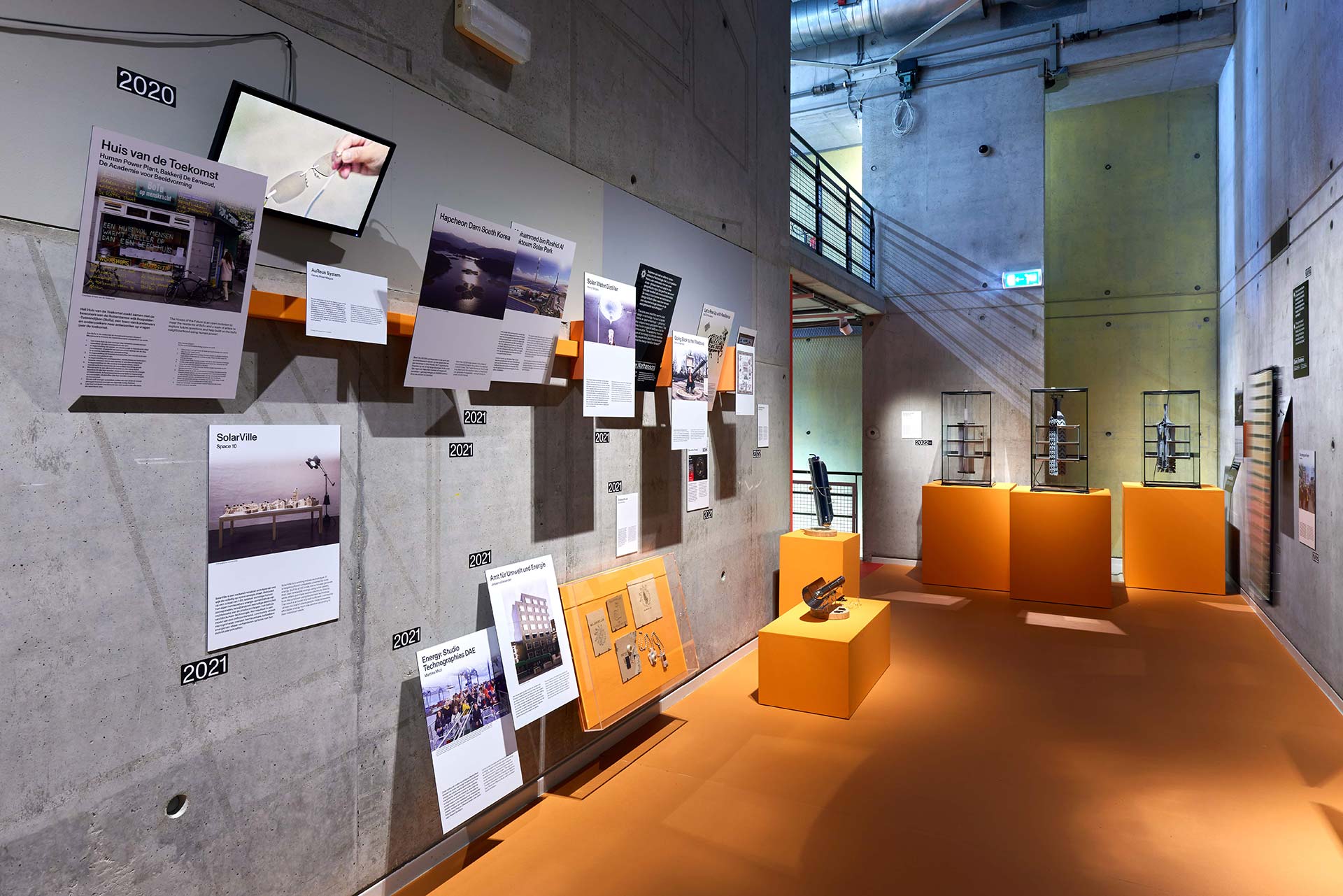






What do you think?